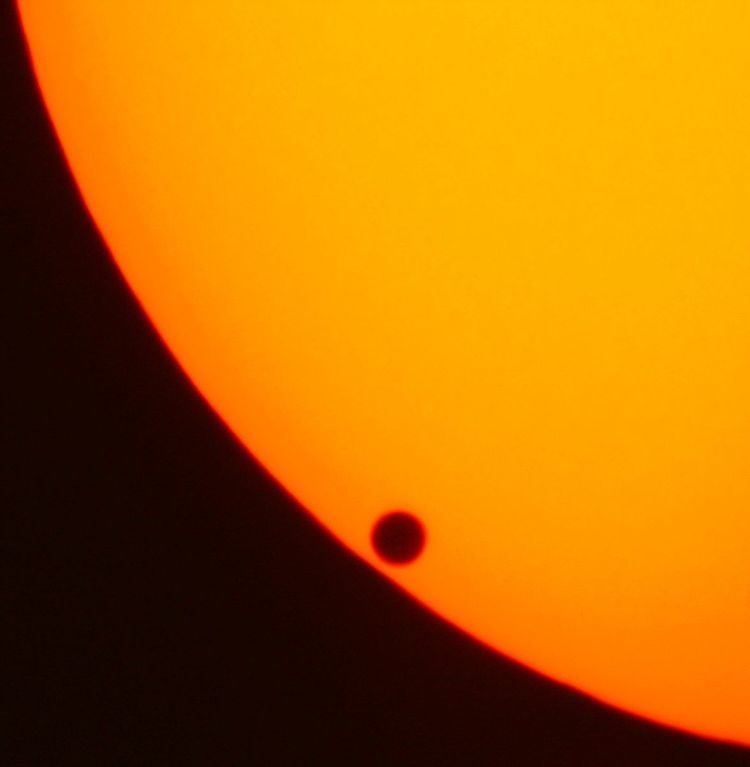Timeline of Solar System astronomy
(Text) CC BY-SA

